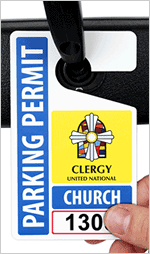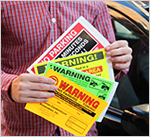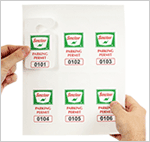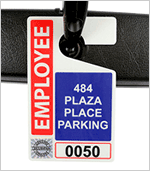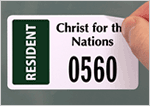Why L.A.’s transit agency should charge more for parking
Later this year Metro, L.A.’s transportation agency, plans to raise its raise its base transit fare from $1.50 to $1.75. The organization says doing so will increase its fare recovery—the percentage of operation costs that fare revenues cover—from 25 percent to 33 percent. But the agency is leaving money on the table—er, lot—by ignoring another source of income: parking.

Los Angeles is sitting on enough underpriced parking to make up for Metro’s yawning budgetary gaps. From Ryan Griffis.
Of its 19,450 parking spaces, Metro charges for just 1,402 of them, a mere 7 percent of the total. Roughly half of those spots—610—are at the Del Mar Gold Line station, where drivers are charged $2 per day to park. The other half—792—are available via the agency’s permit-parking program, where costs will run motorists between $20 and $39 per month. The program is popular: 67 percent (534 spaces) of the parking spots are sold out.
Looking only at the potential annual revenue from that program, Metro earns approximately $250,000 to $350,000 per year from its parking supply. To gauge whether those figures are enough to cover operation costs, it’s important to determine how much Metro spent to build parking in the first place.
For instance, using the national estimate of $4,200 per spot in a surface parking lot and $27,000 per spot in a parking structure (an amount specifically calculated for L.A. by UCLA professor of transportation planning Donald Shoup), it cost Metro about $150 million to build its existing parking supply.
So is the estimated yearly revenue from its monthly permit-parking program enough to cover those construction costs? Yes—but only if you’re willing to wait almost 500 years to recoup costs for construction expenses alone. The costs of maintaining the existing parking supply—repaving and restriping where necessary, administering the permit program, lighting the lots and garages—must also be factored.
Seen in that light, it becomes clear that Metro subsidizes much of the public transit Los Angelenos enjoy: approximately 75 percent of the cost of riding (which will fall to 67 percent if the fare hike becomes effective) and 93 percent of the cost of the agency’s parking. Another way to look at it: those who ride Metro but don’t drive are subsidizing the parking costs of those riders who use its lots and garages.
Why, then, shouldn’t Metro begin to charge more for its parking? Doing so would at least begin to make more equitable the costs that riders who don’t drive are bearing for the small fraction—fewer than 10 percent of Metro’s ridership—that do drive.
Other transportation agencies are beginning to see the value of charging more for their parking supply. In 2013, parking fees for the Bay Area Rapid Transit (BART) system were raised, a move that’s expected to bring in $7 million for San Francisco’s agency this year. As one BART spokesperson explained, “The bottom line is this: we don’t charge enough to cover the cost to provide the parking space right now.”
And in Minneapolis, streets.mn discovered that the local transit agency serves 7.5 times more users when it invests in bus rapid transit over parking structures. How might L.A. Metro benefit from a similar investment strategy?
Related Posts
Category: Municipal, Parking management, Transportation

